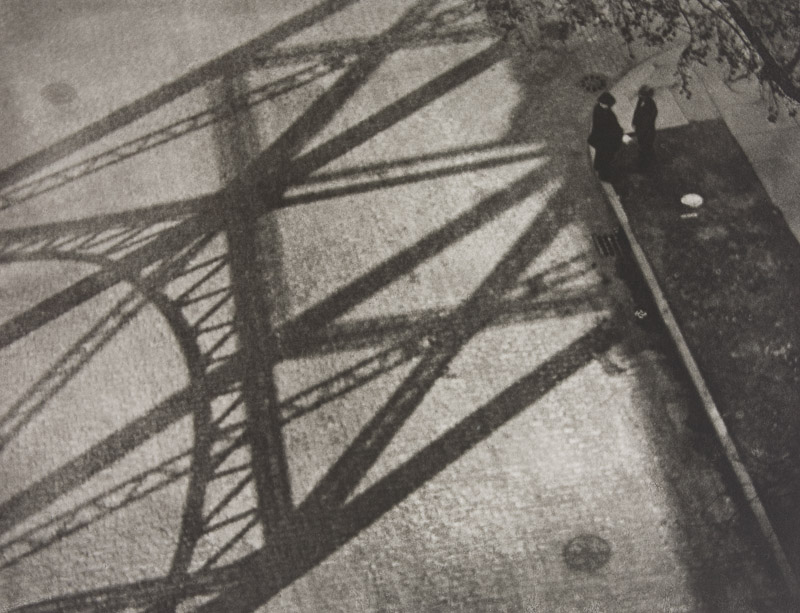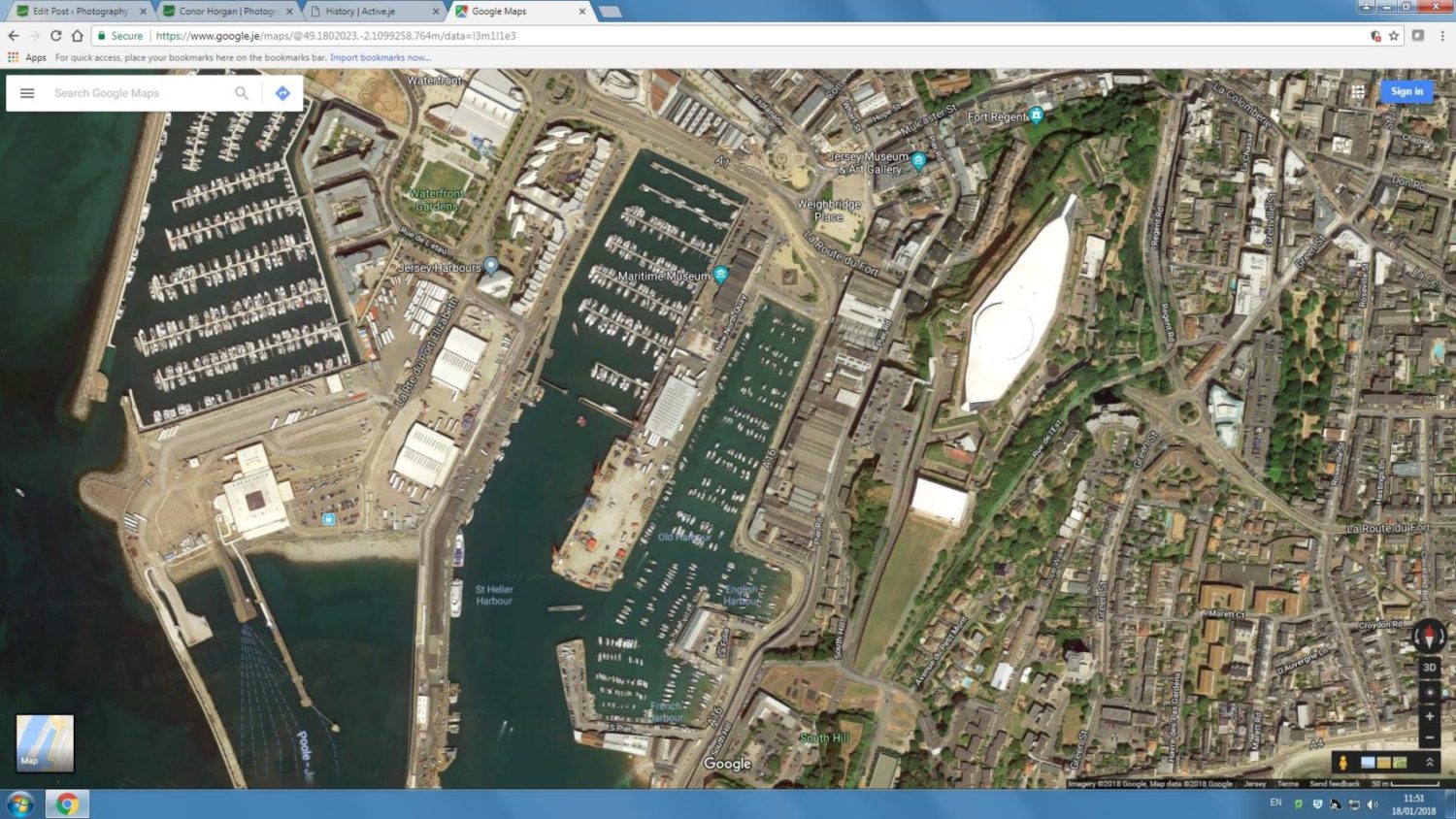Psychogeography - the exploration of urban environments to explore and examine the architecture and spaces in an area, anything that takes pedestrians off their predictable path. The term was invented by Guy Debord, he wanted a revolutionary approach to architecture that was less functional and more open to exploration. Psychogeography gained popularity in the 1990s when artists, writers and filmmakers such as Iain Sinclair and Patrick Keiller began using the idea to create works based on exploring locations by walking.I want to explore Kensington place and lewis street because most of the buildings on the streets are run down but still functional. Photoshoot - I planned one afternoon to go out into town and photograph as much as I could. In my chosen area i didn't find as many interesting places to photograph so I carried my photo shoot out even further around town. However, from my chosen place I did find a few interesting places to photograph.
my three best images -

These images were based on The New Topographics while I didn't document everything in the area, only what i found interesting and ultimately, avoiding the point of psychogeography.
Daily Archives: January 23, 2018
Filters
Hannah Hoch and the early pioneers of photo collage/montage
Hannah Hoch (1889 – 1978) was a German Dada artist. She is best known for her work of the Weimar period, in which she was one of the originators of photo-montage (a type of collage in which the pasted items are actual photographs, or photographic reproductions pulled from the press and other widely produced media). Key themes in Hoch’s work include androgyny, political discourse, and shifting gender roles. These themes all interacted to create a feminist discourse surrounding Hoch’s work. Hoch constantly promoted the idea of women working creatively more generally in society.


Paul Strand
Paul Strand (1890 – 1976) was an American photographer and filmmaker who helped establish photography as an art form in the 20th century. His work covers numerous genres and subjects throughout America, Europe and Africa. Strand was an early icon of the “straight photography school”. In contrast to Pictorialism, “straight photography” was a move to “pure photography” which was loosely defined as having stylistic traits that were not manipulated heavy to mimic other art forms such as painting.


My Favourite Photograph

In this photograph it appears that Strand has used and manipulated natural light in order to capture this photographed. He has used the structure of man-made structures against the daylight to create contrast and shapes within the photograph. It appears that a deep depth of field was used as the whole of the photograph is sharp and in focus. A shutter speed of 1/20-1/80 will have been used for this photograph along with an ISO of 100/200/400 to allow enough light to enter the lens whilst keeping the photograph as high-quality as possible. There is a slightly warm and old-fashioned undertone to this photograph.
There is not colour in this photograph – only a warm black and white undertone. This gives an old-fashioned, industrial feeling to the photograph and makes it feel more dramatic. There is lots of contrast between the shadows and the ground which creates a wide range of tones, this adds more drama to the photograph. There is a dirty/dusty texture in this photograph which adds to the industrial feeling of it. It is a flat 2D image mostly due to the focus being the 2D shadows. The shadows create lots of patterns and shapes in the photograph making it more interesting to look at.
Location For Psycho-geographies
My Location I Have Chosen
For my location of interest, I have picked to explore fort regent which will not only allow me to capture the historical factors of the buildings surroundings but shall allow a great view over the urbanised area of St Helier. Although built originally as a Napoleonic fortress, Fort regent has been transformed over the years from a defunct military parade ground and coal storage depot into a wet weather venue for tourists and local visitors to become the largest sports and leisure centre in the Island. Overlooking St Helier the site offers spectacular panoramic views of the south and east coasts as well as the urban area linking directly to the theme of Psychographics.


I think my main focus will be Elizabeth harbour and trying to convey how it has been developed over the years. Fort regent allows a great view over the marina which will help to give an accurate view of it rather than up close shots where you cannot see the most parts of it. The best part of Elizebeth harbour is man made and would be interesting to try and compare today’s harbour with what it used to look like.


My Response

